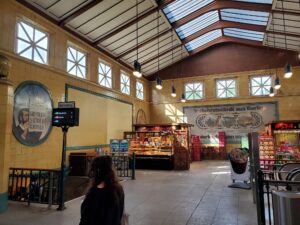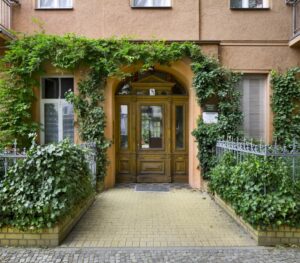The Philharmonie Berlin is a concert hall, but it’s also so much more. It is a symbol of how music and architecture can shape a city’s identity. Since its opening in 1963 it has stood at the edge of the Tiergarten like a golden tent of sound, unmistakable in its bold design. Architect Hans Scharoun designed it so that the audience surrounds the orchestra, creating intimacy and equality rather than distance. This was a striking vision in a city divided by the Cold War, where the building seemed to declare that classical music in Berlin could be both democratic and unifying.
The Philharmonie quickly became the home of the Berlin Philharmonic, one of the world’s leading orchestras. Under Herbert von Karajan, whose leadership from 1955 to 1989 gave the orchestra its international reputation, the hall became central to Berlin Philharmonie concerts and recordings that brought orchestral music in Berlin to audiences across the globe. Karajan’s embrace of the hall’s acoustics helped cement its status as a world-class concert hall.
Today the Philharmonie continues to embody this idea of openness. Its doors are open not only for evening audiences but also for anyone who might wander in for free public concerts, such as the weekly lunchtime performances in the foyer. These gatherings underline the Philharmonie’s ideas that concerts remain accessible, long after the end of Cold War ideologies.
The remaining 2025 program highlights the hall’s continuing role as a stage where the world’s leading artists and ideas converge. In the summer months the hall will welcome guest ensembles such as the Vienna Philharmonic and the London Symphony Orchestra, bringing fresh interpretations and dialogue across traditions in orchestral music in Berlin.
This being Berlin, the concert hall’s location also whispers of far darker times, of more difficult memories. The site once housed the administrative offices of the Nazi T4 euthanasia program, which organized the systematic murder of disabled and ill people. That history cannot be separated from the building that stands there now; indeed, a small but powerful outdoor exhibition dedicated to the T4 program stands near the entrance to the concert hall. To attend Philharmonie Berlin concerts is to experience music in a place shaped by both the weight of history and the power of renewal, where culture emerges as a call to human dignity. Berlin, as always, invites us to reflect on deeper matters.





